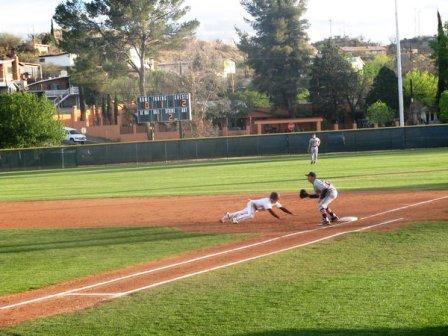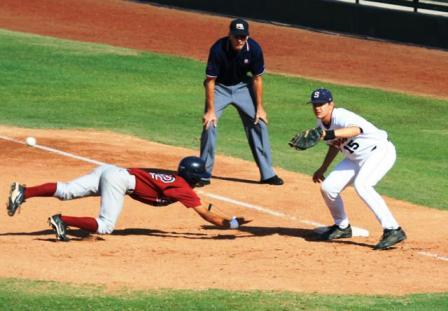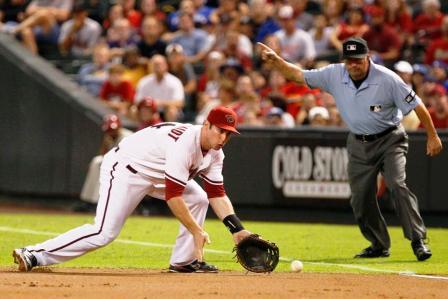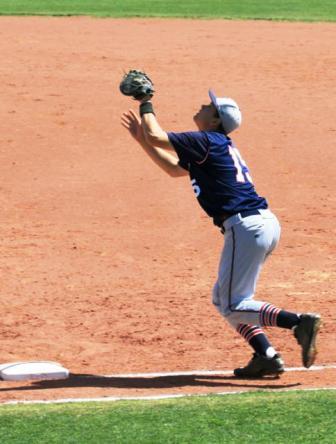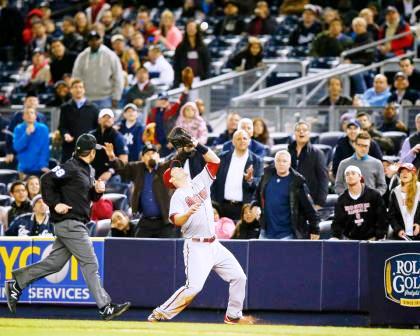 |
|||||||||||||||
First Base Fundamentals ~ Can Just Anybody Play This Position?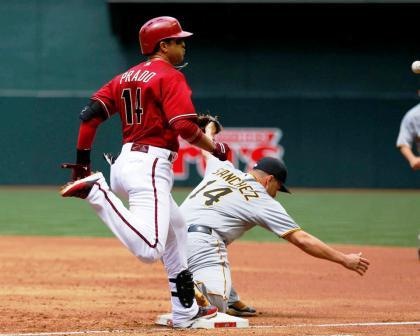
First base fundamentals, the tools you will need to play this frequently overlooked position. Over the years I have often heard coaches and players remark that anyone can play first base. I am not sure where that thought process develops from; but it is far from the truth! Playing first base requires an athletic individual. At the youth baseball levels, you are well served to think of this position in terms of defense first, offense second. The prototype for the position is a big, strong, and tall player who hits with power. This prototype is far easier to locate at the higher levels of the game. It is not that you can't locate that individual at the youth level, it is more that the optimal functioning of a youth infield is more centered around the defensive abilities of the player at first base. While players at the upper levels are certainly more accurate throwers, at the youth levels, throws from infielders can be an adventure at best. The abilities of your first baseman can make, or break, your infield, and/or your team. A position that starts out relatively simple in it's structure becomes increasingly more complex as players advance upwards in the game. Responsibilities for holding runners on, fielding bunts, getting a good push off the bag as the pitch is delivered so there is a little less of a hole between first and second, pickoff plays from the pitcher and the catcher, underhand and overhand feeds to a pitcher covering first base,cutoff responsibilities and trailing base runners, picking balls out of the dirt, footwork around the bag as well as a working knowledge of where to play based on the game situation. The ability and willingness to pick balls in the dirt is essential. When you are able to locate an individual who thrives on this aspect of his game, you have a terrific starting point. Not everyone is willing, or able, to develop this essential skill. You know you have the right player for the job when there is no such thing as a bad throw, only opportunities to display the skills they have worked so hard to develop, taking pride in the belief that no ball will get past them. What Fundamentals Are Needed?
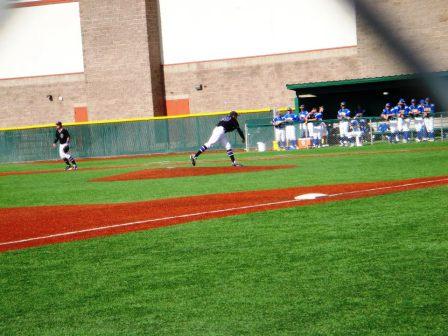  Photo Bill Stanton: Checkswing.com   
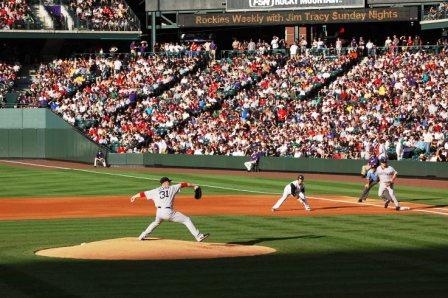 Photo Bill Stanton: Checkswing.com 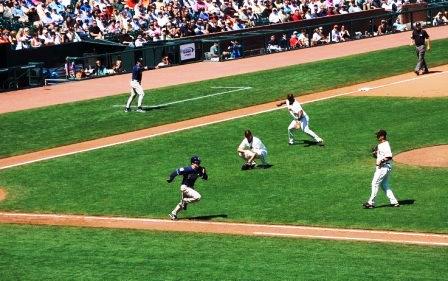  First Base Tips ~ From the Dugout
Photos Bill Stanton: Checkswing.com  Last but not least ~ Ground Balls, Pop Flies and Underhand/Overhand Feeds To A Moving Pitcher Covering 1BGround ball techniques are the same for all infield positions, feet spread a little wider than shoulder width, glove side foot slightly back, arms extended, knees bent (bent knees get your glove on the ground,) head down, track the ball into your glove.
Underhand/Overhand Feeds To A Moving Pitcher Covering First Base
Underhand feed basics
Overhand feed basicsTake the ball to the bag yourself, if there is any possible way to do so. Less opportunity for something to go wrong.My sophomore year in high school the varsity coach sent a junior down to play first base on our JV team, an event that had not occured in the program previously. The player was a lefty with exceptional defensive talent, who would not be able to play ahead of the senior currently on the varsity. We all wondered why that move had been made. It turned out the plan was for him to get innings that year, and become the varsity infield anchor as a senior. As a senior he anchored our defense, and to go along with some very talented pitching, we were State Runner Up my junior year. That success was in large part due to the defensive efforts of our first baseman. Consider building your infield defense around the shortstop and first baseman. It works! 
Additional Topics: Position Specific SkillsBaseball Infielders ~ Quick Hands and Feet Second Base ~ It's More Than Ground Balls and a Short Throw Third Base ~ The Hot Corner And So Much More return from first base fundamentals to the ole ballgame.com  |
 Individual Personal Instruction Available - Tucson Az and Surrounding
What Can I Do Today That Takes Me One Step Closer To My Mission!
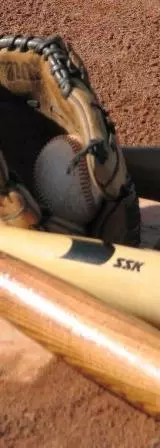 |
||||||||||||||
 |
|||||||||||||||
|
Return to top |
Homepage |
Contact Rick |
About Us |
Site Dedications |
Site Origin |
Resource |
Privacy Policy |
Powered By Site Build It!
Home Page
Check Out...SitemapWhat's New? About Us Individual Instruction Site Dedications My Site Build It! Story Site Origin Resources Contact Rick Visitors DugoutFavorite Baseball DrillsYour Baseball Questions Your Baseball Quotes Your Stories Coaches LineupCoaching PhilosophyGames Game Management Pitch Count, Or Innings Pitched? Practice Organization Rules Umpires Baseball InstructionBase RunningBunting Hitting Infield Outfield Rookie Receiving Advanced Receiving Sliding Rookie Throwing Personal & Team Game ChangerMental GameBaseball DrillsCoaching TipsSkills Checklist By Category SituationsDefensiveOffensive Individual TributesHarvey Dorfman Roberto ClemeteWillie Mays Stan Musial
|
|||||||||||||||
|
| |||||||||||||||
